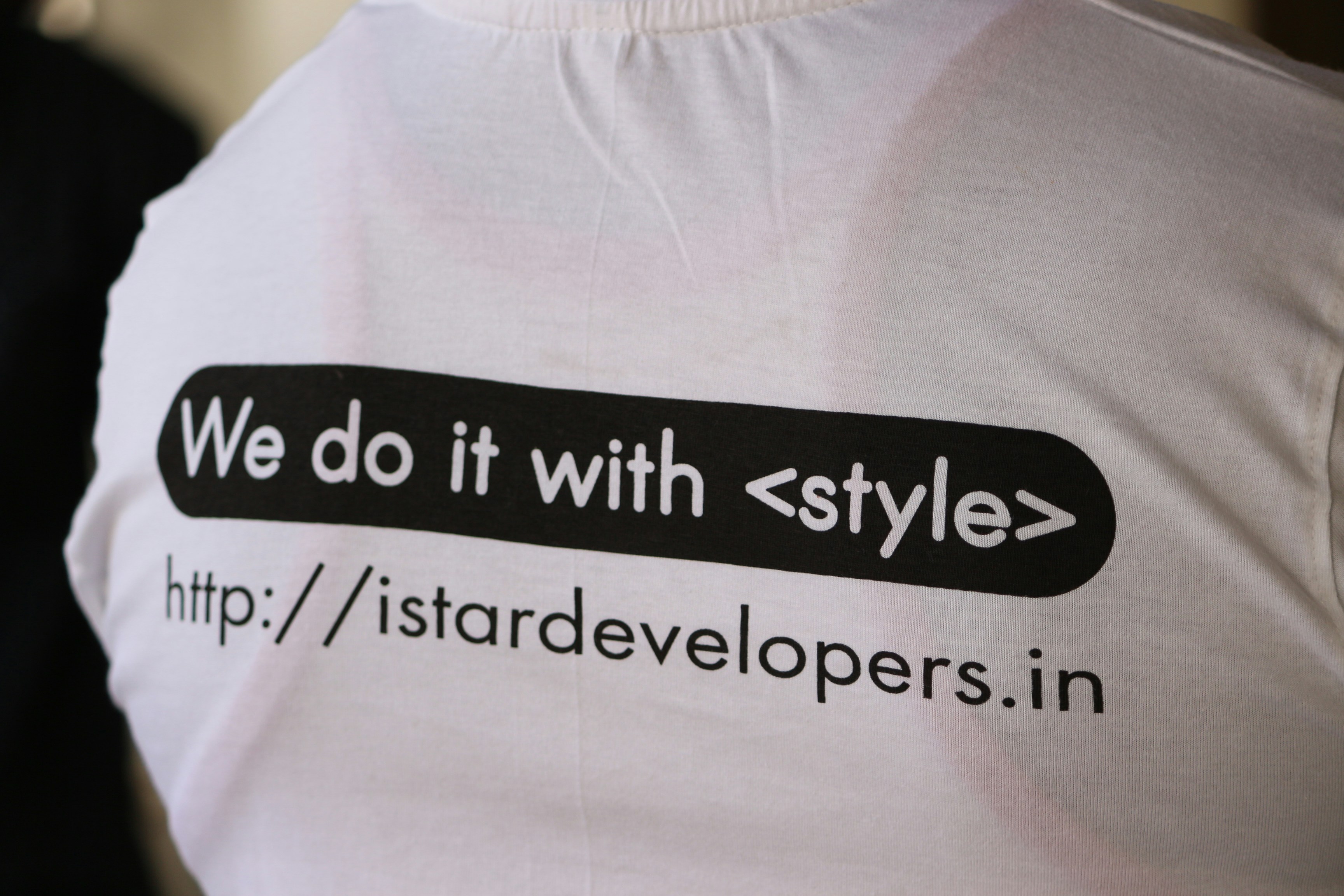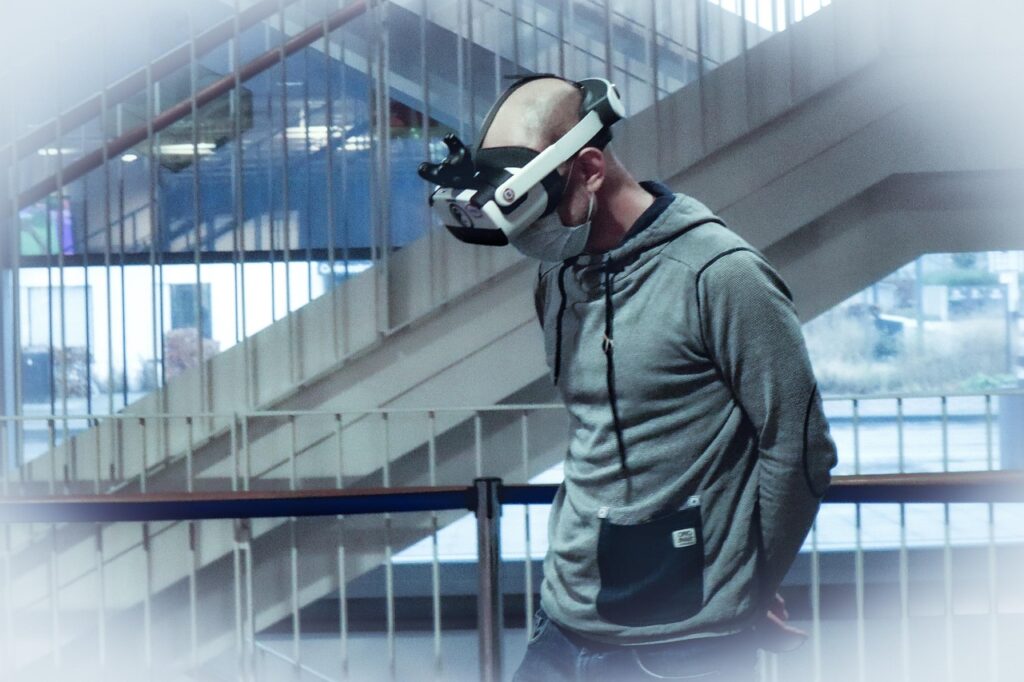Why VR Matters in Competitive Gaming
Esports used to mean pixels on a screen, a controller in hand, and lightning fast reflexes. That model isn’t dead but it’s evolving. VR is flipping the standard arena by putting players inside the game instead of just in front of it. You’re not just pressing buttons; you’re dodging, ducking, aiming with your full body. It’s physical. It’s immediate. And it’s changing what it means to compete.
With VR, the game space becomes a 360 degree battlefield. Every movement counts. Opponents can hear you breathe, track your posture, catch your hesitation in real time. There’s no hiding behind a monitor. It forces a more dynamic kind of play that blends digital instinct with physical space awareness. New tactics are taking shape ones that rely on real world stamina, balance, and focus alongside traditional strategy.
In short: VR isn’t just adding flash to esports. It’s adding layers real depth that makes competition more intense, more human, and far less predictable.
VR’s Impact on Esports Format and Audience Engagement
Esports used to be all about the screen watching on YouTube, Twitch, or a jumbotron if you were lucky. Virtual reality is changing that. Stadium like VR arenas are turning fans from passive viewers into active participants. You don’t just watch a headset drops you inside. You’re standing on the edge of an arena, watching matches unfold in 360°. You can move through it, change your angle, even sit in a virtual front row.
Spectator modes are evolving fast. Many VR titles now offer dynamic camera options: a full panoramic view, player POVs, or even fast cut drone style shots that track the game in real time. It’s less ESPN, more sci fi hangout space. You’re not just seeing the action you feel like you’re part of it.
But the real fusion comes when physical and digital line up. Some experiences already let you walk within mapped out play zones, syncing real movement with virtual mechanics. Imagine pacing courtside as a match rages past, or ducking behind virtual cover as two players duel. That level of immersion changes how you perceive skill, tension, and play. It’s a new frontier not just for the players, but for the people who love to watch them.
Opportunities for Players
Full body VR competitions are unlocking an entirely new class of esports titles. These aren’t just reskinned shooters or rhythm games they’re physically intense, spatially demanding, and built from the ground up to reward quick reflexes, precise movement, and fast decision making. Players can’t rely on macros or high end mouse DPI settings here. In VR, it’s your body against theirs.
Titles like “Battledome VR” and “Phantom Circuit” are setting the pace. They track full range motion, build gameplay around real time dodging, blocking, and navigating 3D space. You’re not just controlling a character you are the character. This adds pressure, but it also levels the field. The usual muscle of esports RGB setups, low latency rigs, souped up graphics cards matter less when wins come down to physical skill and spatial awareness.
For new players, that’s huge. Less gatekeeping. Less gear arms race. More focus on grind, grit, and game sense. And for veterans, it’s a relearning curve that feels both fresh and brutal. That’s the new battleground and it rewards those who can adapt the fastest.
Developer Innovation & Technical Hurdles

For all the excitement around VR in esports, the tech still has friction points. Latency wrecks competitive flow. Motion sickness turns players and spectators off before they even get started. And high end gear remains out of reach for a chunk of the potential user base. These aren’t minor bugs they’re barriers.
Developers are grinding through them. Faster render pipelines and smarter prediction models are reducing lag. Some are experimenting with adaptive frame rates and positional smoothing to counter motion discomfort. Others are swapping out heavy input systems for more natural gestures and simplified controls less mental load, more focus on gameplay.
Then there’s scalability. Cross platform play is critical here. A VR game doesn’t go mainstream in esports unless it plays well on both premium headsets and more accessible devices. Developers are leaning into middleware and cloud sync tech to bridge that gap, making sure tournament level play isn’t locked behind thousand dollar rigs.
Progress is happening, but it’s not flashy. It’s in developer notes, firmware updates, and small UX tweaks that make a big difference in real competition. If VR esports wants to go the distance, the tech has to not only impress on demo day but keep up under pressure.
VR in Esports Leagues: Are We There Yet?
The earliest signs of serious VR esports sprouted in grassroots communities. Titles like “Echo Arena” and leagues such as VRML (Virtual Reality Master League) have been quietly laying the groundwork building out competitive standards, rule sets, and a loyal player base. These leagues proved that skill based, full body competition in VR isn’t a gimmick; it’s a working format.
Now, the big players are catching up. Meta has funneled resources into VR content to support its Quest ecosystem. Valve, still the backbone of competitive PC gaming, has hinted at a more serious VR push. HTC has backed events designed with competitive motion gaming in mind. These aren’t vanity sponsorships they’re long term plays to corner a piece of the next esports frontier.
Looking ahead, the next 3 5 years won’t flip the switch overnight. But expect more structured VR titles optimized for esports, higher production value in VR tournaments, and hybrid league models blending VR with traditional broadcast elements. Growth won’t be linear but the trendline’s clear: immersive competition is carving out its lane.
The future of esports won’t just be on screens. It’ll be built around presence, movement, and fully stepping into the arena.
Tech’s Broader Role in Esports Evolution
Virtual reality might be the flashiest headline, but it’s just one part of a much bigger tech stack changing the way esports works. Augmented reality is creeping in, layering real time visuals for players and spectators alike. Imagine a live match where teams see tactical overlays or power ups projected onto the physical world no headset swap required.
Then there’s AI. Not the end all game boss, but background tech driving better matchmaking, smarter moderation, and even personalized coaching. For competitors, it’s like having a full time assistant breaking down game film at scale. For viewers, AI is powering highlight reels, predictive stats, and interactive commentary.
Cloud gaming is the final piece of this trio, lowering the barrier to entry for players anywhere. No need for decked out rigs just a controller, decent connection, and you’re in. This levels out the field and makes competitive play more accessible than ever.
Want a deeper look at how these technologies are coming together? Check out this breakdown on the tech in esports shaping the future.
What Comes Next
Esports isn’t going back to the way things were. The audience experience is in transition part digital, part physical, and increasingly layered in augmented and virtual reality. Hybrid viewing is fast becoming the standard. Fans want to attend live tournaments, sure, but they also want the option to step into the game virtually, join from anywhere, and experience it from first person or bird’s eye views, all without leaving the couch. The game isn’t just on screen anymore it’s around you.
That shift opens the door for VR native titles games built from the ground up for immersive play to finally step out of the experimental phase. Expect leaner, better optimized VR games designed for high stakes, crowd ready competition. Titles that can deliver fast matchmaking, polished physics, and tight performance across different systems are on track to break into the tournament circuits.
For players, the shift rewards versatility. Skillsets now include physical stamina, space awareness, and fast real world coordination, not just hand eye reflexes. Developers need to think multiplayer first, with crossplay, custom arena tools, and robust post launch support. And leagues? They’ve got to be ready to handle hybrid logistics, from remote VR camera crews to safety protocols for on site spectators wearing mixed reality gear.
The next generation of esports is being built in real time. Waiting on the sidelines isn’t an option.


 Senior Sports Writer
Alfred Alder is the senior sports writer at Sprint Scoop News, bringing his extensive knowledge of fitness, training, and sports business to the forefront. With a career spanning more than a decade, Alfred specializes in delivering high-quality, engaging content that covers everything from sponsorship trends to the latest in health and nutrition for athletes. His deep understanding of the sports industry allows him to provide readers with comprehensive insights that make complex topics accessible and exciting.
Senior Sports Writer
Alfred Alder is the senior sports writer at Sprint Scoop News, bringing his extensive knowledge of fitness, training, and sports business to the forefront. With a career spanning more than a decade, Alfred specializes in delivering high-quality, engaging content that covers everything from sponsorship trends to the latest in health and nutrition for athletes. His deep understanding of the sports industry allows him to provide readers with comprehensive insights that make complex topics accessible and exciting.
